Newark students, alumni and friends gathered at Lincoln Cathedral in an event celebrating instrument making and William Byrd
Read more news articles here
From 30 June to 4 July 2023, Lincoln Cathedral played host to the Byrd 400 Festival to commemorate the 400th anniversary of William Byrd’s death. Byrd is best remembered for his period in the Chapel Royal of Queen Elizabeth I, but he spent nine years from 1563 at Lincoln where he was chorister and organist. Byrd’s recall to London in 1572 came about following the death of Robert Parsons, a Gentleman of the Chapel Royal who drowned in the River Trent, of all places, at Newark. In an oblique and rather macabre way, the town helped shape the life of England’s greatest composer of the Renaissance.
The Newark School of Violin Making, just 16 miles away within the diocese of Lincoln, is also marking a major year having been established 50 years ago. As part of the Byrd 400 Festival, Newark students, alumni and friends took over the South Transept of the Cathedral as a workshop, below the ’Bishops Eye’ - one of the most famous rose windows in the medieval world. Throughout the five days of the event students brought work that could be done with the limited facilities of the venue, and mixed their time with meeting visitors, musicians, music teachers and school groups to give a taste of violin and guitar making at Newark.
A group of current Newark students, comprising Willow Laoutaris-Smith, Charlotte Teoh, Ask Eide, Aidan Bradley, Louis Peterson, Frankie Smith and Rebecca Montgomery contributed to the festival, with facilitation from Benjamin Hebbert. Alumni included Mike Donnerstag, Bharat Khandekar, Dota and Alan Williams from Resonant Strings.
Read: Newark School of Violin Making: Fifty years young
Read: My experience: John Wright, Newark School of Violin Making
To add to the historical elements of the event Hebbert was joined by Andrew Atkinson to demonstrate archaic techniques of instrument making, as well as Jacob Mariani, a specialist in medieval and early Renaissance instruments. In addition, a small exhibition of instruments from Byrd’s times was put together including an Andrea Amati of 1572 and a Gasparo da Salò, an early English viol and a violin and viola by Jacob Rayman.
’It was an invaluable opportunity to work alongside a variety of established makers, a wonderful extension of our learning, offering new experiences not found within the course,’ said Newark student Louis Peterson. ’It was inspiring to work in the extraordinary medieval space of the cathedral, in the midst of days of live choral music. I hope we’ll be lucky enough to repeat the experience again.’
’I’d been asked to give an academic paper at the Byrd conference, but I thought that the mix of instrument making with music and musical research was a far more inspiring idea,’ said Hebbert on the background of the event. ’Newark is in the diocese of Lincoln creating a special connection with the cathedral, especially since the festival had a strong local community emphasis to it, and the students were really enthusiastic about the idea.
’I put the concept to students when I was giving a lecture at the beginning of the year and they really rose to the challenge of organising it - even though it fell across the graduation weekend and Friday night was one of those infamous Newark parties. I think there’s a great cohort coming through the school after the troubles of lockdown, but they need a lot of support from friends and alumni.’
All photos Benjamin Hebbert
Read: Newark School of Violin Making: The early days
Read: Pernambuco: the worst-case scenario
Read more news articles here
The number one source for playing and teaching books, guides, CDs, calendars and back issues of the magazine.
In The Best of Technique you’ll discover the top playing tips of the world’s leading string players and teachers. It’s packed full of exercises for students, plus examples from the standard repertoire to show you how to integrate the technique into your playing.
The Strad’s Masterclass series brings together the finest string players with some of the greatest string works ever written. Always one of our most popular sections, Masterclass has been an invaluable aid to aspiring soloists, chamber musicians and string teachers since the 1990s.
This year’s calendar celebrates the top instruments played by members of the Australian Chamber Orchestra, Melbourne Symphony, Australian String Quartet and some of the country’s greatest soloists.























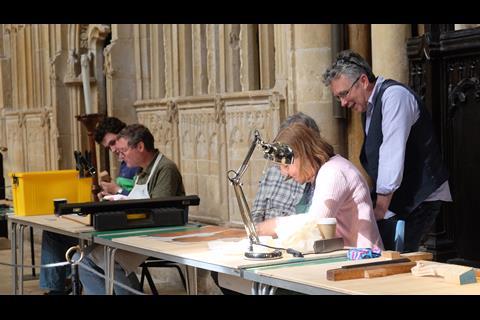

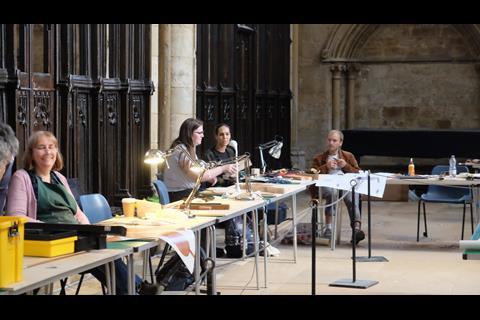
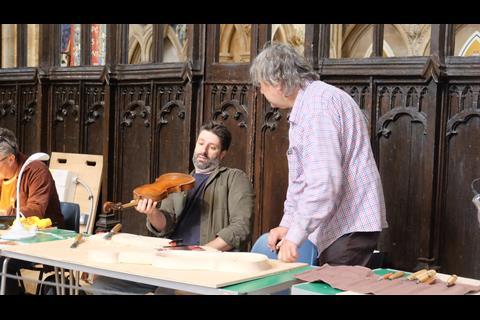
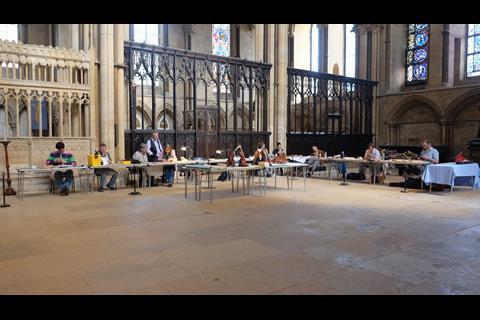
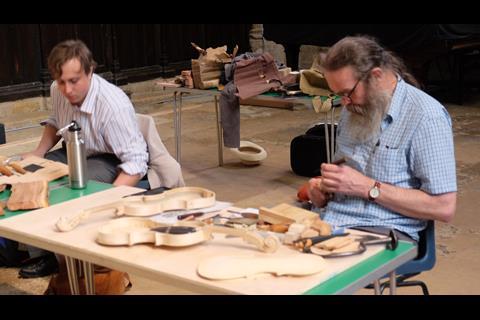
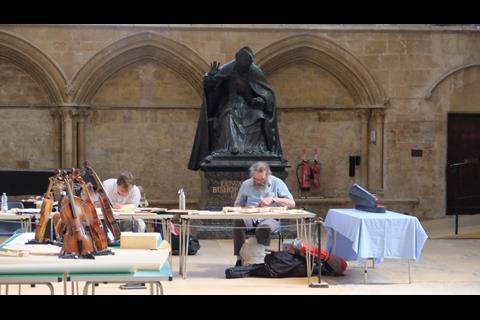
















No comments yet